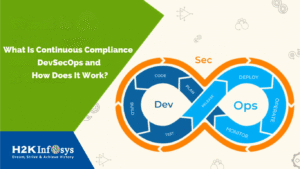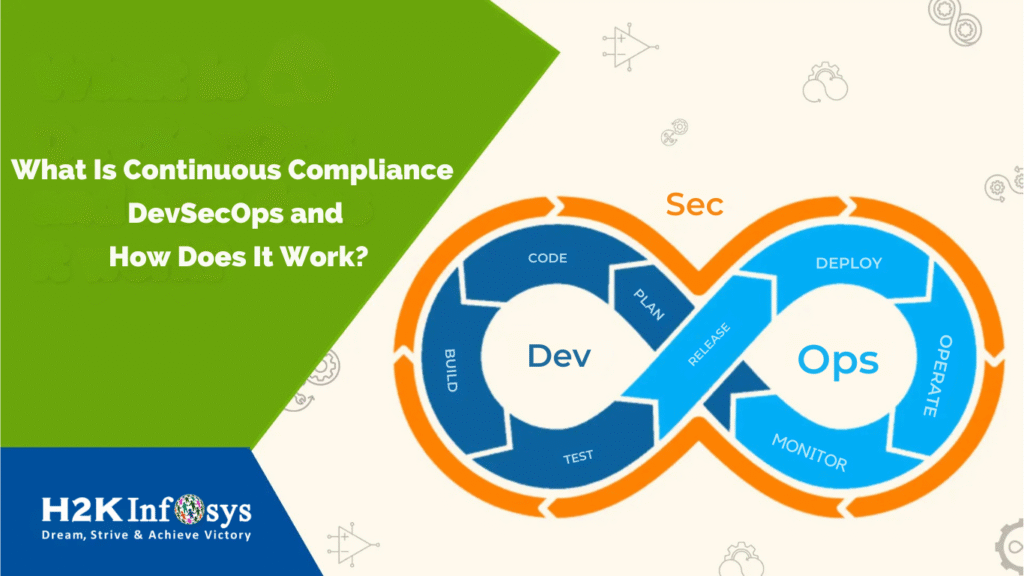Introduction
Agile methodologies are increasingly popular in software development and project management, and many companies seek candidates with a strong understanding of Agile principles. Whether you’re a beginner or an experienced professional, preparing for Agile-related interview questions is crucial. In this article, we’ll explore the Top 10 Agile Interview Questions that will help you stand out in your next job interview.
What is Agile?
Agile is a framework of principles used in software development, where both requirements and solutions are shaped through the collaborative efforts of cross-functional, self-managing teams. It emphasizes adaptive planning, progressive development, early delivery, and ongoing enhancement, all of which support a flexible approach to change.
How do you handle changing requirements in Agile?
In Agile, changing requirements are expected and embraced. The Agile methodology process is designed to be iterative, with each iteration allowing for reassessment and adjustment of project goals. Teams work in sprints, which typically last 2-4 weeks, allowing them to incorporate feedback and changes efficiently. Agile frameworks like Scrum have built-in mechanisms like sprint reviews and retrospectives that facilitate handling changes.
Can you explain the difference between Agile and Waterfall?
The primary difference between Agile and Waterfall lies in their approach to project management. Waterfall is a linear and sequential method, where each phase must be completed before the next begins. In contrast, Agile is iterative and flexible, allowing for continuous development and testing throughout the project’s life cycle. Agile encourages collaboration and adaptability, whereas Waterfall is more Ridgid and documentation-focused.
What are the key principles of Agile?
The Agile Manifesto highlights four core values and twelve guiding principles:
- Core Values: Prioritizing individuals and their interactions above processes and tools, emphasizing functional software over extensive documentation, focusing on customer collaboration rather than strict contract negotiations, and valuing adaptability in response to change over rigidly adhering to a plan.
- Principles: Customer satisfaction through early and continuous delivery, welcoming changing requirements, delivering working software frequently, daily collaboration between business people and developers, and more.
How do you manage risks in Agile projects?
Risk management in Agile is proactive and continuous. Agile teams identify risks at the beginning of each sprint and address them as part of the daily stand-up meetings. By delivering working software frequently, Agile minimizes the impact of risks because issues can be identified and resolved early. Techniques such as risk burndown charts and frequent retrospectives also help manage risks effectively.
What is the role of a Scrum Master in Agile?
The Scrum Master is a facilitator and coach who ensures that the team adheres to Agile practices. They help remove impediments, protect the team from external distractions, and ensure that the team has everything it needs to achieve its goals. The Scrum Master also leads the daily stand-up meetings, sprint planning, and retrospectives, ensuring that Agile principles are followed.
How do you prioritize tasks in Agile?
In Agile, tasks are prioritized based on their value to the customer and the project’s goals. The Product Owner usually prioritizes the backlog, ensuring that the most important and valuable features are developed first. Techniques such as MoSCoW (Must have, Should have, Could have, Won’t have) and story points are commonly used to prioritize tasks in Agile.
What are the most common Agile methodologies?
Several methodologies fall under the Agile umbrella, including:
- Scrum: Focuses on iterative development through sprints.
- Kanban: Visualizes the workflow and manages the work in progress.
- Lean: Emphasizes delivering value with minimal waste.
- Extreme Programming (XP): Enhances software quality and responsiveness to customer requirements.
How do you measure success in an Agile project?
Success in Agile is measured through several key metrics:
- Velocity: The amount of work completed in a sprint.
- Burn-down/Burn-up charts: Track the progress of work and remaining tasks.
- Customer satisfaction: Regular feedback from the customer is crucial.
- Quality of the deliverables: Ensuring the product meets the agreed-upon requirements.
How do you handle team collaboration in Agile?
Team collaboration in Agile is essential and is achieved through various practices:
- Daily stand-up meetings: Allow team members to share progress and discuss obstacles.
- Pair programming: Developers work in pairs, improving code quality and knowledge sharing.
- Retrospectives: Teams reflect on their work and make improvements.
- Cross-functional teams: Teams with diverse skills collaborate to deliver complete features.
Conclusion
Preparing for an Agile interview involves understanding the fundamental principles and practices of Agile methodologies. By reviewing these common interview questions and their answers, you’ll be well-equipped to demonstrate your knowledge and experience in Agile, increasing your chances of success in your next job interview.
























